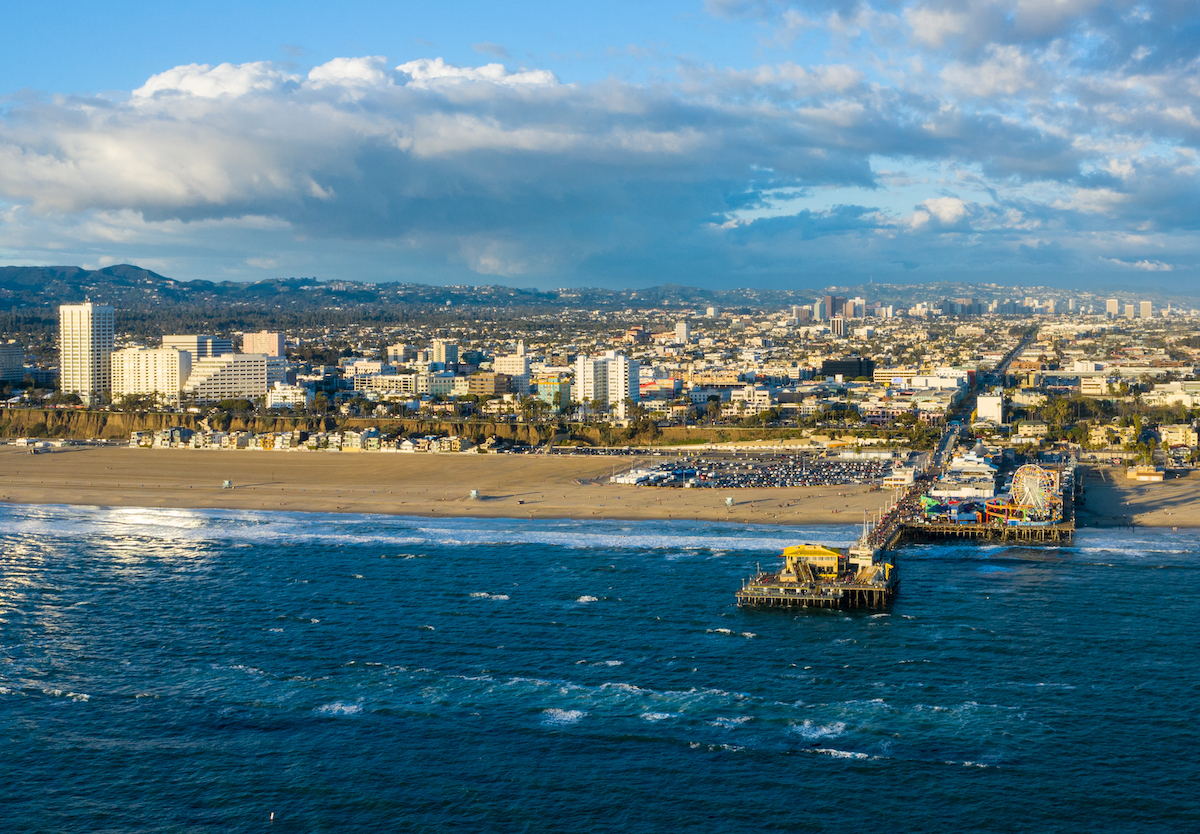By Tom Elias

The first time Jerry Brown was governor of California, his greatest policy defeat came when resentful Northern Californians voted almost unanimously in 1982 to reverse a legislative vote authorizing a massive ditch around the delta of the San Joaquin and Sacramento rivers.
This was called the Peripheral Canal; it aimed to bring Northern California river water to the farms of the San Joaquin Valley and cities in Southern California.
Once that plan died, anything remotely similar became political anathema for decades until Brown retook the governor’s office in late 2010. Demonstrating that his goals rarely change, Brown soon began pushing for a more sophisticated and expensive version of the canal, this time two giant underground concrete culverts rather than an earthen ditch like the original canal plan.
Brown has pushed this tunnel plan all through his second go-‘round in the Capitol, and now it may be reaching a decisive point. Not only are water districts around the state becoming concerned about who will pay the project’s cost of about $17 billion (plus interest), but local governments in the immediate area are alarmed over a host of environmental issues.
In late August, Sacramento County sued to stop the plan, which might make water supplies more reliable, but would produce very little more water than moves south from the Delta area without the tunnels in an average year.
Cities like Stockton and Antioch, hard by the Delta and its latticework of canals and streams, plus the Placer County Water Agency and several groups of commercial fishermen also are suing.
Sacramento County’s action says the state Department of Water Resources ignores environmental harm to the Delta, including the taking of almost 700 acres of the county’s farmland out of production during the projected 13-year construction period. The county also says its water quality will drop, as would the quality of water flowing to and through the Delta after the tunnels open.
State officials deny most of this, insisting water quality in the Delta will improve and be far more controllable if the tunnels are built. The conservation groups Restore the Delta, Friends of the River and the Sierra Club joined the lawsuits, too, insisting the 35-mile-long tunnels flout the California Environmental Quality Act (known as CEQA) and would cost up to $67 billion by the time they’re done.
Enter money. This project might be a pretty tough sell in Southern California once more of the public fully understands the cost, with little prospect increasing water supplies to the region.
Even the Metropolitan Water District of Southern California, which provides water to more than 15 million persons from the Tehachapi and San Gabriel mountains to the Mexican border is a little bit querulous. The Met, as the district is often known, supported the original Peripheral Canal and has generally backed the tunnels, arguing they can stabilize water deliveries to its vast area.
But in August, the Met’s staff reported that “The costs of the California WaterFix (a recent name for the tunnels) are substantial.” The staff added, though, that “the costs that would be allocated to (the Met) are reasonable and affordable, given the water supply reliability improvements.”
But some members of the Met’s board, mostly city council members and elected county officials, wonder about the projected cost split of 55 percent paid by urban users and 45 percent by largely agricultural rural water customers.
And there are doubts that farmers can afford even the cost share that might be allotted to them.
If farmers can’t or won’t pay, warn skeptics, customers of the Met and other urban water agencies like the Santa Clara County Water District and the Los Angeles Department of Water & Power would get stuck with additional costs, possibly driving rates up far more than the currently projected range of between $18 and $60 per year for an average family, depending on prevailing interest rates.
The bottom line here might just be the bottom line: If the water districts are unwilling to make a big financial commitment, Brown’s pipe dream will die. The same if the slew of lawsuits against the twin tunnels should succeed. If that happens, what visible legacy will Brown leave after a total of 16 years as governor?














